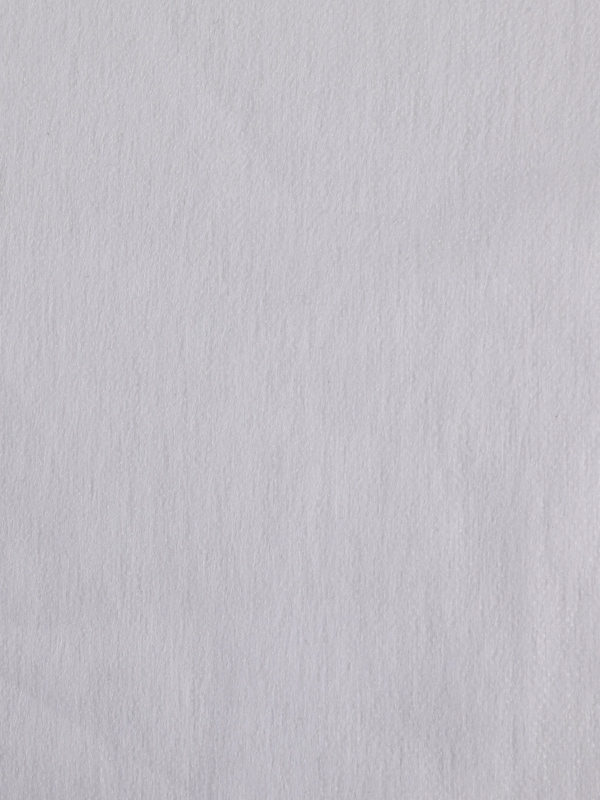Shirt interlining is used to give your shirts extra strength where needed. It is placed between two layers of shirt cloth and gives added strength to stressed areas such as the collar and cuffs. Some shirts skip interlining, and this is mainly true for heavy cloth shirts. Interlining may also be fused, but this is usually only done on inexpensive shirts and can result in less than desirable results. Shirt interlining comes in varying levels of stiffness, so you must check out the quality before making your choice.
Choosing the right interlining for a particular garment is a process that involves careful evaluation of the garment, the material area to be interlined, and the care instructions. You should choose a machine with a fusing press, which provides the proper amount of pressure and temperature to fuse the interlining with the shirt's collar patch. You should also check that the machine has an exit belt or stacker device, and a cooling system that keeps the interlining in position.
Shirt interlining is important for jersey shirts, which are becoming more popular than ever. Because they have a complex construction, they usually have high stretch. You should choose a fabric that matches these characteristics. Cotton interlining, for example, lacks stretchability and will make a jersey shirt look ill-fitting. You can also increase the number of problems that you encounter with jersey shirts by choosing a cotton interlining.
The purpose of interlining is to strengthen and control the areas of a garment. By adding it, you can increase the performance and durability of a garment, and make it look more attractive and tough. Shirt interlining is generally used in the collar, facings, waistbands, and outerwear plackets. Fusible interlinings are the most popular and widely used type of interlining. These are used for a variety of uses, from making garments comfortable to helping to maintain their shape.
Resin is a chemical that is used in the application process. It is applied to a base fabric through a spray head. This method involves applying heat to the fabric, which melts the resin. The resin is a thin film that adheres to the surface of a product. It can be either powder or a paste. The adhesive substance is applied in a dot formation. It is applied to the fabric in a viscous or solid form. This process allows the interlining to be uniform throughout the product.
If a shirt's interlining is not properly fusing, it may delaminate. This is caused by a lack of strength in the interlining's peel bond. It breaks apart during the drying process. The excess material oozes into the outer fabric and causes a rippled pattern.










